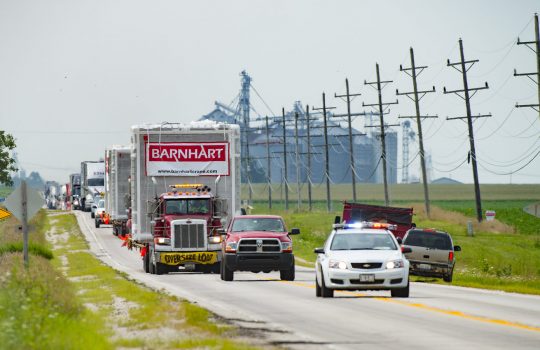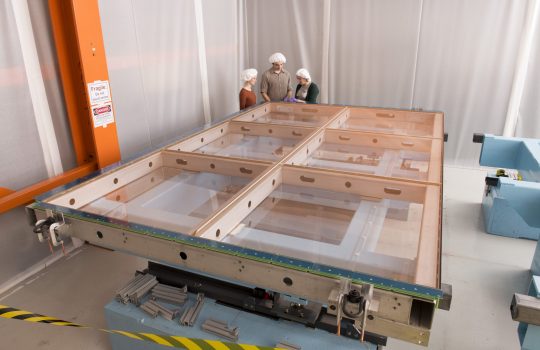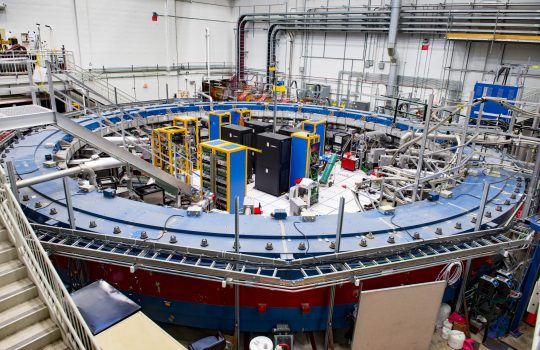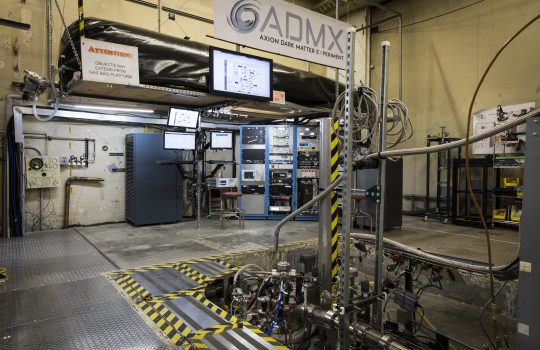U.S. takes an important step toward quantum internet
- Brookhaven
- Brookhaven National Laboratory
- New York
- quantum communication
- quantum information science
- quantum internet
- quantum science
- Stony Brook University
From Inside Science, Nov. 12, 2020: A recent experiment has created a one-way quantum network between two labs, reaching a milestone on the path to creating a quantum internet. Fermilab Deputy Director Joe Lykken weighs in.






